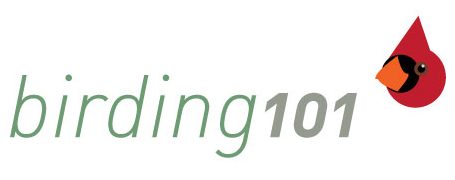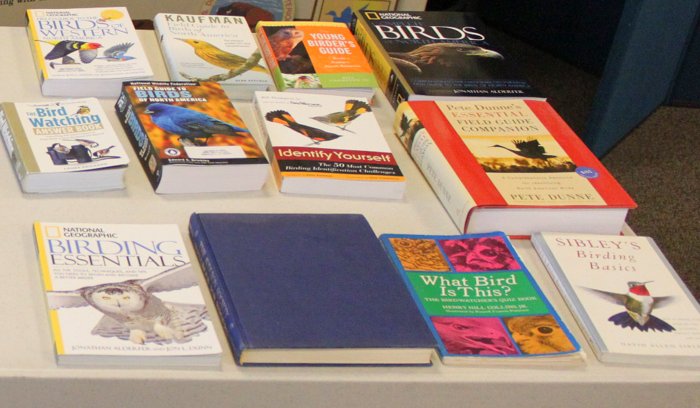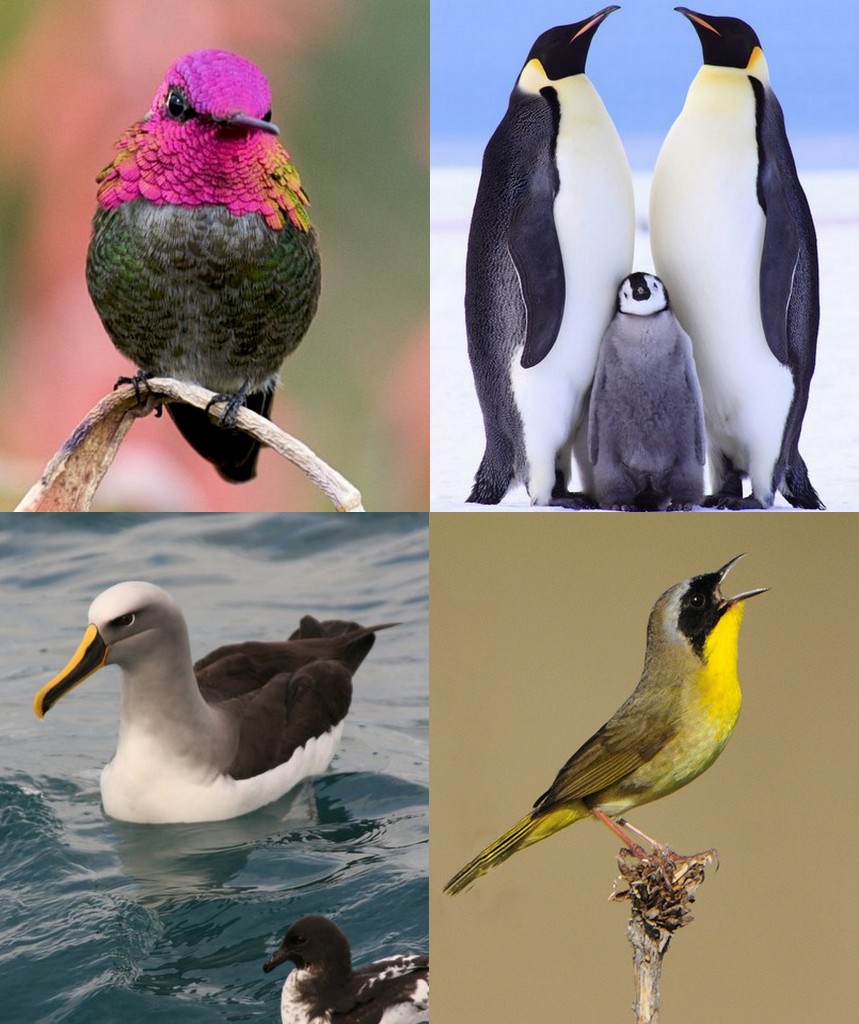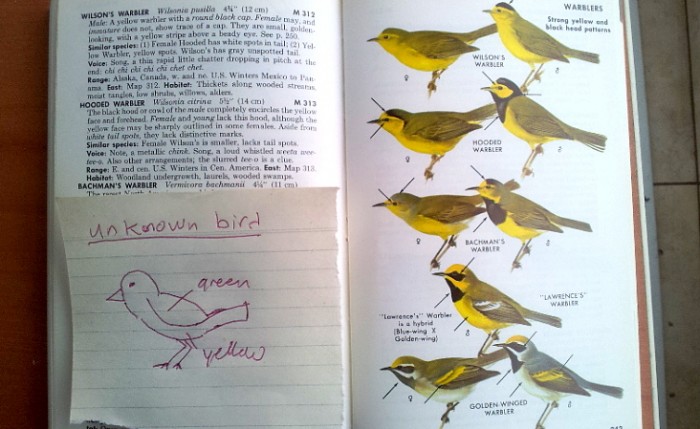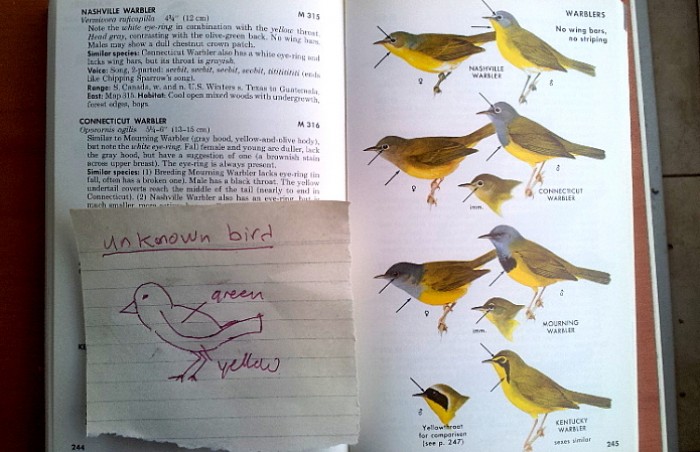9000 birds on his list!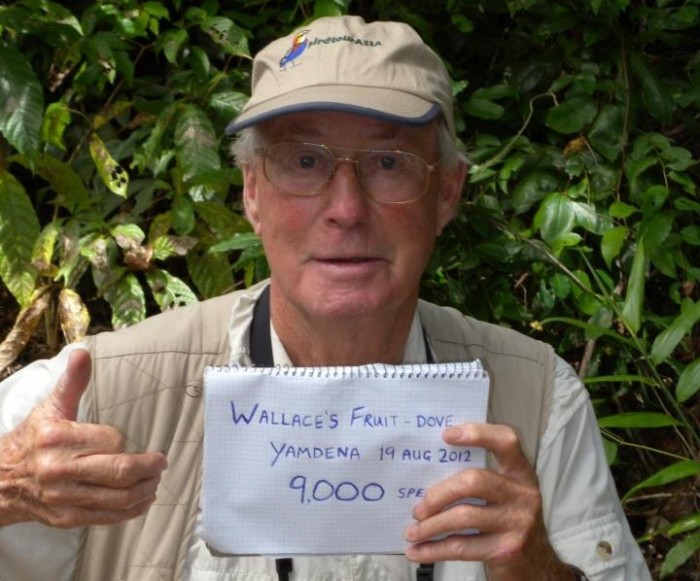
How do you measure your success as a birder? How do you get recognition of other birders and non-birders? Is there some sort of measurement to quantify the experience?
The easiest way, is to keep track of how many birds you had seen. The number allows you to compare yourself with other birders. This is known as competitive birding.
Even if there is no competition and you only compete with yourself, the listing game is the most prominent way how birding is practiced today. The number, of course, reveals nothing of the birder’s actual skills in identifying birds.
Tom Gullick (above) recently hit a landmark of 9000 species seen when he saw Wallace’s Fruit-Dove (top photo). This is truly amazing! 9000 species of the around 10,000 species that exist in the world.
But such numbers do not impress non-birders, nor do they attract more people to the hobby. What is the point with putting a mark in front of the name of the bird in the field guide or on a birdlist indicating that you have seen it? What is it good for? Why would anyone else care? Why would a non-birder even pretend to listen or pay attention when the birder brags about his new life-birds?
Having said this, there are of course birders, who are well recognized for their birding skills. They are bird guides and authors of bird books. But most people who throw themselves into the hobby need some sort of measurement – and that is when the listing game starts
The digi-birders
Maybe we need a new term. I have been bashed for labeling those who start taking photos of birds birders. Let’s introduce a new word. Digi-birders – who get hooked by taking digital photos of birds.
The new digi-birding boom has put things in a new perspective. Just as mentioned in an earlier post of with a kid getting into birding via a digital point and shoot camera, the same is true if we talk about recruiting new birders among adults. Taking interesting photographs of birds becomes far more interesting than counting numbers of birds seen. Sharing the photos on the internet where everyone can see them even your non-birding friends. You gain recognition by sharing your bird photos. The more shares and likes you get for a photo on Facebook, the greater your satisfaction and the recognition of your peers.
Frankly, which of the two models do you think works better for recruiting your non-birding friends to take interest? Are you sure they want to hear about your last lifebird you added to your list? Or do you think they’d be more interested in seeing the great photo of a bird you took yesterday. They certainly would not share your Facebook update of a new birder milestone of species seen, but they may just share your great bird photo – of say a Wallece’s Fruit-Dove.
Internet and especially Facebook has made it easier for bird photos to gain recognition and it is this mechanism which will make interest in birds massive.
Digi-birders could adopt birding ethics.
Can you see how powerful this change is? Don’t you agree in this light there could be millions of new birders in the coming years – if including also bird photographers into the birder label? At least labeling the bird photographer as potential birder – or at least digi-birder.
What is important is that there will be a lot of people who will care about birds. That will be more people interested in conservation. It is up to us, the traditional birders to be there for the new digi-birders to teach them birding and identification skills and to introduce them to the ethics of birding. The impact on the birds and the environment by our presence needs to be looked after. Birders in general have good ethics and practice a code of conduct and can/should transmit this to other users of the natural areas.
Top photo: Wallece’s Fruit-Dove by Mehd Halaouate. Swedish readers will find Mehd’s wife’s blog about living in Indonesia interesting.
————————————————————————————————————————————–
This was the seventh pre intro-post in the birdwatching from the beginning series. There are one more intro chapter to go. In the next post, I will make an outline of the coming posts. I hope to get a lot of guest bloggers to treat different topics. Please make sure you tell your friends of this series so they can be with us from the start. You are allowed to share the posts via email, or on Facebook, Google plus and Twitter. Check the sharing options below.
If you liked this post, you may want to subscribe to this blog. The launch is on January 1, 2013. A good way to start the new year.
Gunnar Engblom
Connect with Gunnar on Facebook or Twitter or kolibriexp@gmail.com
